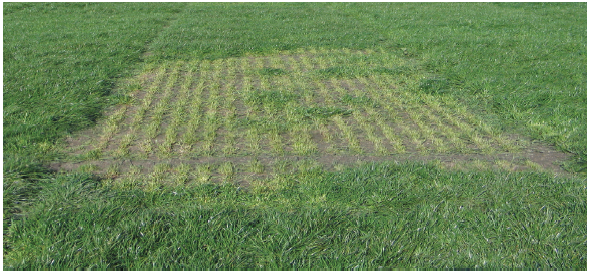Using tetraploid perennial ryegrass
Tetraploid perennial ryegrasses (e.g. 4front) are more palatable, easier to graze and can increase per animal and per ha performance.
Tetraploid perennials do not suit every situation - they are less robust and require good management for persistence.
Benefits of tetraploids
Tetraploid perennial ryegrasses are a powerful tool to increase animal production. Dairy farmers typically find milk production increases on tetraploid paddocks, and lamb finishers achieve faster LWG. Advantages of tetraploids over diploids include:
- Animals love them.
- Higher per head performance.
- Easy management (animals graze pastures better).
- Higher covers, and increased DM yield, because tetraploids remain palatable longer
- Better environmental outcomes
- Higher utilisation, driving better per ha production.
- Higher ME (by 0.25 MJ ME/kg DM) and WSC content than diploids.
BUT not for everyone
Tetraploids don't suit all systems. They are more palatable, with fewer tillers than diploids, so they need to be better looked after to persist well. Tetraploids are less suited to:
- Wet farms with heavy soils - they are more susceptible to treading damage.
- Large farms where the owner(s) want every paddock the same to keep the system simple.
- Difficult, dry situations where persistence is the key requirement (a robust diploid cultivar will probably suit best).
- Farms with very high Argentine stem weevil (ASW) damage, as ASW prefer tetraploids.
Getting the best out of tetraploids
Tetraploids need extra care to avoid pugging or treading damage by cattle, especially when stock are grazing behind break fences. Through extended dry periods, prolonged set-stocking or repeated grazing should be avoided with all ryegrasses, but particularly with tetraploids because their palatability means they can be easily over grazed.


